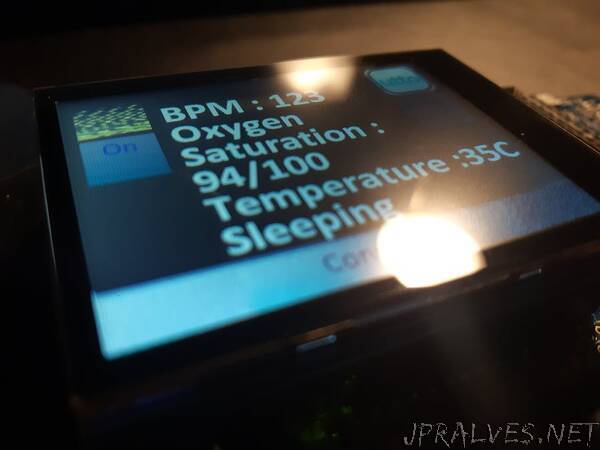
“It is very practical to see the datas that somes sensors are collecting.
Monitoring patients’ vital signs like heart rate, oxygen saturation and temperature can be sometimes mandatory in some situations. Sometimes, it can also be useful to know other things like the patient state or if he has convulsions. In this case, IMUs can be used to know these factors.
This project is not perfect and I really encourage you to modify and to improve different aspects, mainly the Bluetooth connection between the nRF5340 DK and the Arduino Nano 33 BLE.
Theworkingprinciples
Arduino Nano 33 BLE
The working principle of this project is very simple. In fact, the Arduino Nano 33 BLE is scanning the different vital signs with sensors like the MAX30100 and a 10k ohm ntc thermistor. The Nano also has an integrated IMU (inertial measurement unit) that can be very useful to know the different movements that the patients is doing. I had also trained a model in Edge Impulse to recognized three main movements : walk, sleeping and convulsions Pleasenote : in the model, walking will display his french equivalent «marcher» and sleep is identify as «dormir».
The Arduino Nano 33 BLE is fully supported by Edge Impulse and you can very easily create your own model using their web site. Because the Nano 33 BLE features a nRF52840 it can run an Edge Impulse model, which an ordinary Arduino Nano cannot do. Machine learning can be very useful when it comes to analysing movements, like convulsions in this project.
The Arduino Nano 33 BLE also supports Bluetooth Low Energy, so the device can run on an integrated battery for a longer time.
The heart rate and the oxygen saturation are measured by using a MAX30100 sensor connect to the Arduino board via I2C. To use it easily, I have used the MAX30100_PulseOximeter.h library. In the code I am providing with this text, the sensors data can be read using the serial port of your computer. It will also display the data of the accelerometer of the board. To wire the board, you can look at the diagram in the schematics. The Arduino IDE code can also be found in the code section.”
